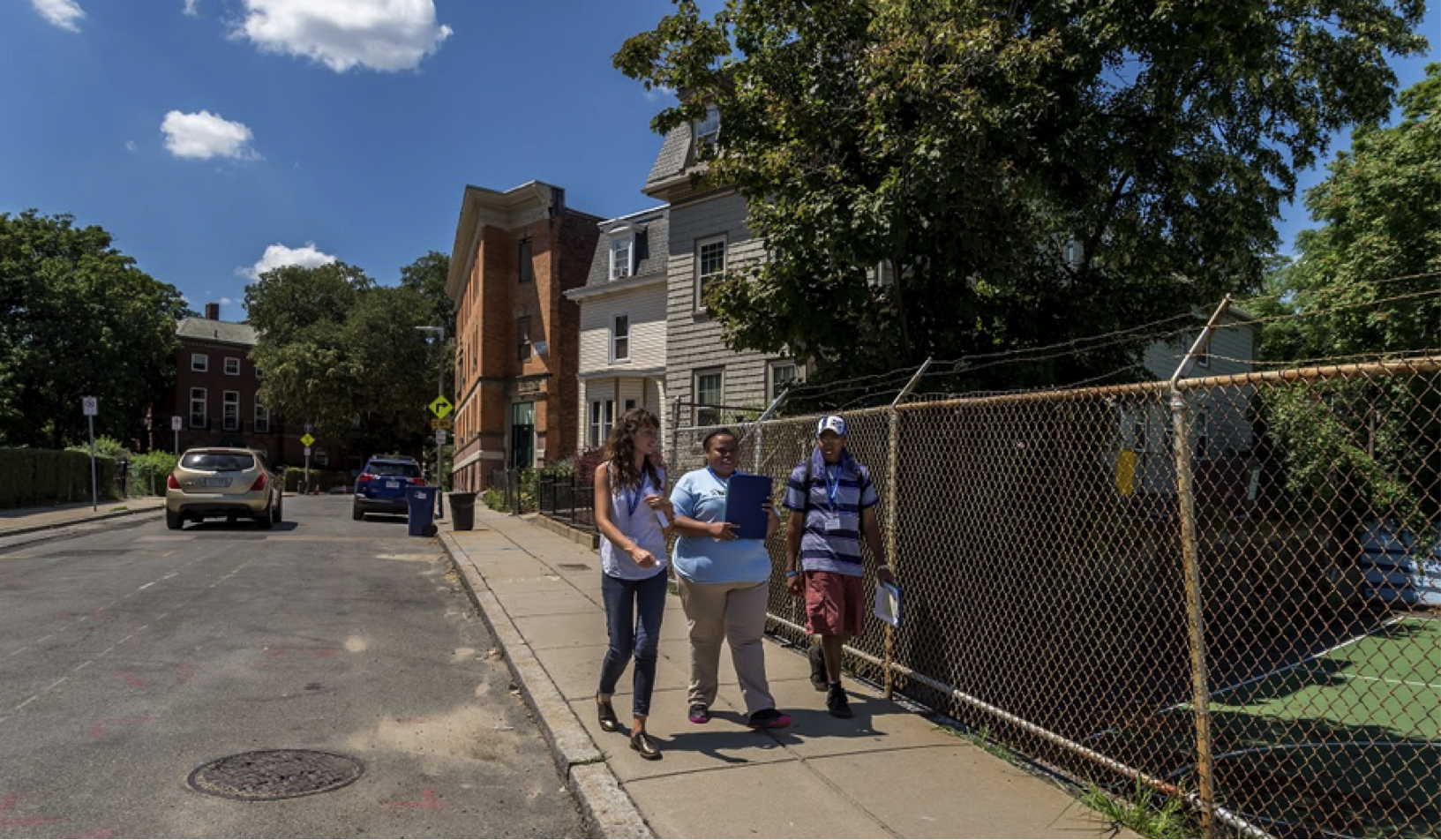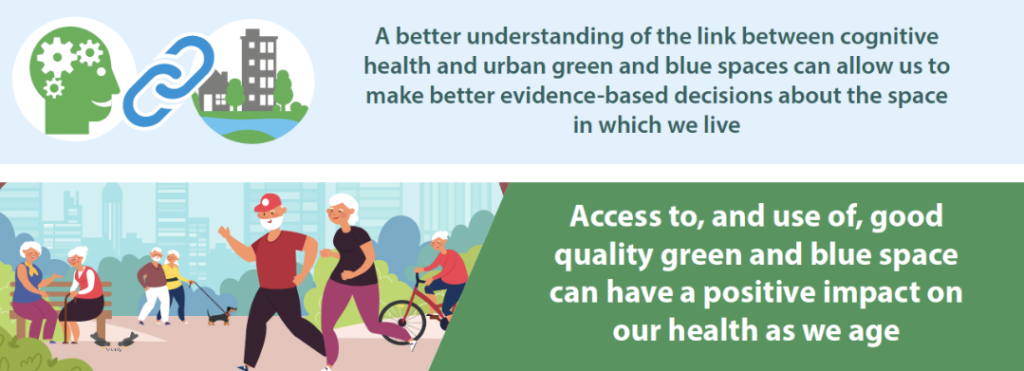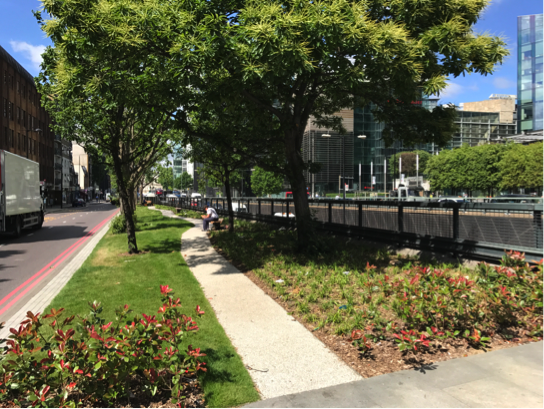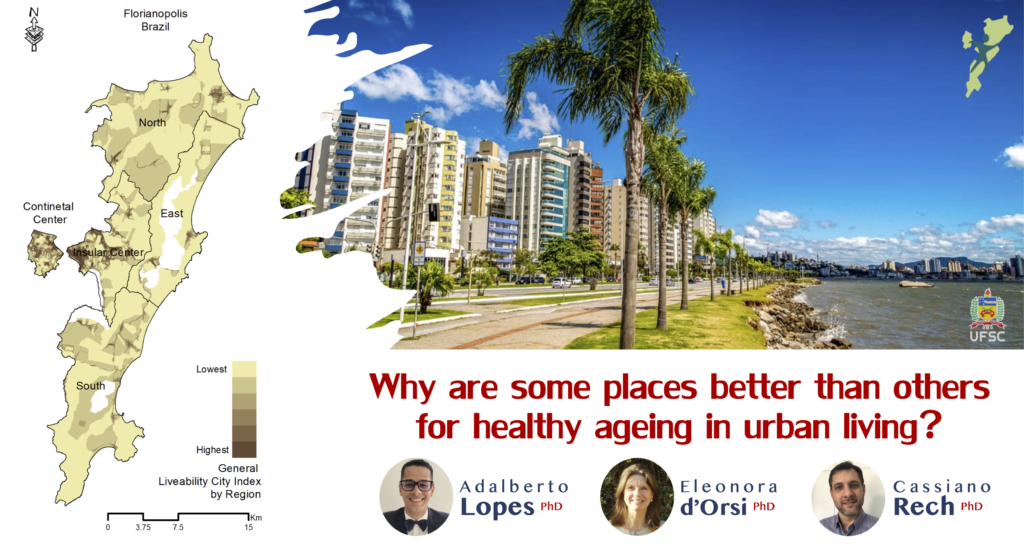City Know-hows

Target audience
Urban policymakers, public health leaders, community organizations in high- and middle-income countries.
The problem
Long-term residents of gentrifying neighbourhoods are increasingly concerned that new development and accompanying social and economic changes may be harmful to their community. Scholars are only beginning to understand the health impacts of gentrification, and have called for more research into the experience of living in a gentrifying neighbourhood to uncover potential pathways between gentrification and health such as stress.
What we did and why
We worked in Boston, MA USA. In collaboration with a consortium of neighbourhood residents and organizations, we interviewed 40 financially vulnerable individuals living in gentrifying neighbourhoods to understand how the changes they experience in their communities shape different elements of their health and wellbeing. We used interviews because they are best for understanding subjective experiences like the feeling of being financially insecure.
Our study’s contribution
Our results show that the experience of living in a gentrifying neighbourhood makes respondents more financially insecure. They perceive the changes in their neighbourhood as exposing them to increased financial risk while simultaneously reducing the efficacy of buffers they might have against that risk. This is stressful because the threats, harms and challenges associated with financial insecurity – such as the inability to afford housing – exceed respondents’ ability to cope. Financial stress is one way gentrification may harm health.
Impacts for city policy and practice
Investments in buffers against financial insecurity in gentrifying neighbourhoods – such as rent control, preservation of affordable housing, increased access to affordable childcare, social and cultural cohesion, and the creation of well-paying jobs for community members – can be seen as health-promoting interventions. Residents and community organizations should play central roles in designing interventions to alleviate financial stress.
Further information
Conservation Law Foundation: Healthy Neighborhoods Study
Full research article:
“It feels like money’s just flying out the window”: Financial security, stress and health in gentrifying neighborhoods by Andrew Binet, Gabriela Zayas del Rio, Mariana Arcaya, Gail Roderigues and Vedette Gavin.
Related posts

It is known that environmental exposures can have negative effects on brain health. We reviewed all the literature examining the effects of environmental exposures on cognitive health. There is a paucity of research on the effects of urban planning, particularly regarding things like active travel and green space accessibility.

Understanding how urban environments affect health is the first step in making a healthy city.

Urban health is a complex system that involves several indicators acting together, there is no single solution to the health-related issues in cities. We wanted to promote healthy ageing in urban living. Our strategy was to take people’s needs and demands into account, when evaluating, monitoring and proposing feasible changes in built, natural and social environments.